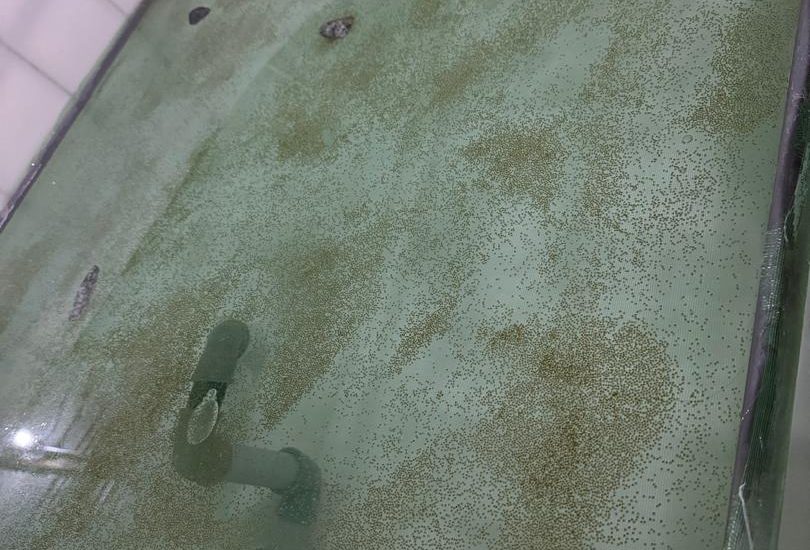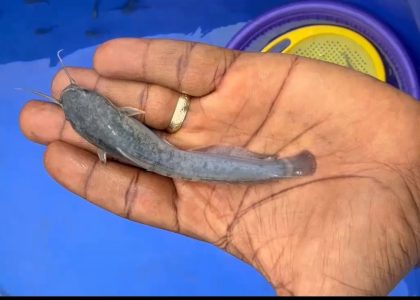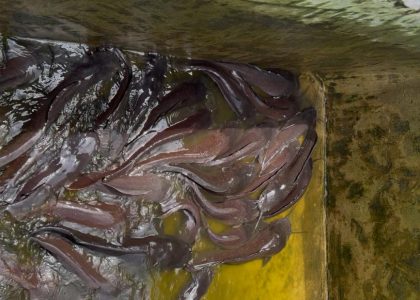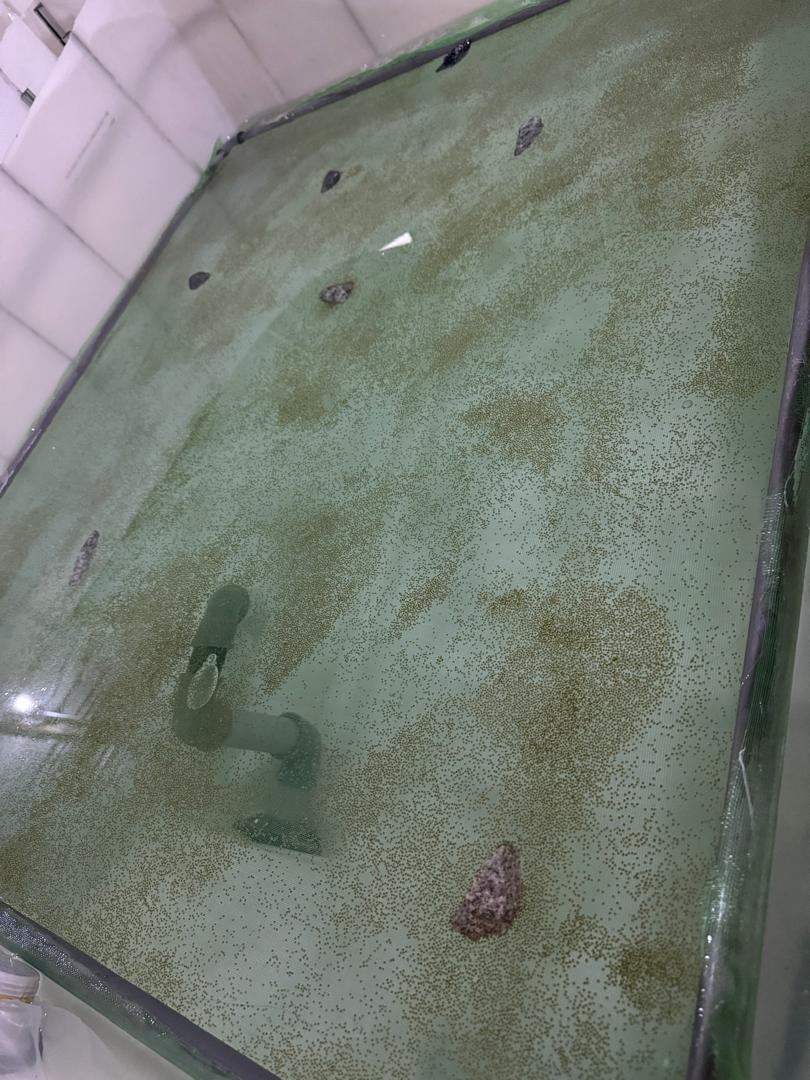
Catfish farming is one of the most profitable aquaculture ventures in Africa and across the globe. One of the most critical stages in catfish seed production is induced breeding. This process ensures controlled reproduction, improved seed quality, and higher survival rates of fingerlings. Whether you are a beginner or an established fish farmer, understanding induced breeding is essential for a successful hatchery operation.
What is Induced Breeding?
Induced breeding is the artificial stimulation of broodstock (male and female catfish) to release eggs and milt (sperm) for fertilization under controlled hatchery conditions. Unlike natural breeding, where fish spawn during the rainy season, induced breeding allows fish farmers to produce fingerlings all year round. Farmers achieve this process by administering hormones, manually stripping eggs and milt, and using controlled incubation.
Importance of Induced Breeding in Catfish Farming
- Year-Round Production – Farmers are not limited to seasonal breeding.
- Controlled Reproduction – Ensures better monitoring and higher fertilization rates.
- Improved Fingerling Quality – Reduces the risk of inbreeding and poor genetic stock.
- Higher Survival Rate – With careful management, more eggs hatch successfully.
- Increased Profitability – Consistent supply of fingerlings to meet market demand.
Steps in Induced Breeding of Catfish
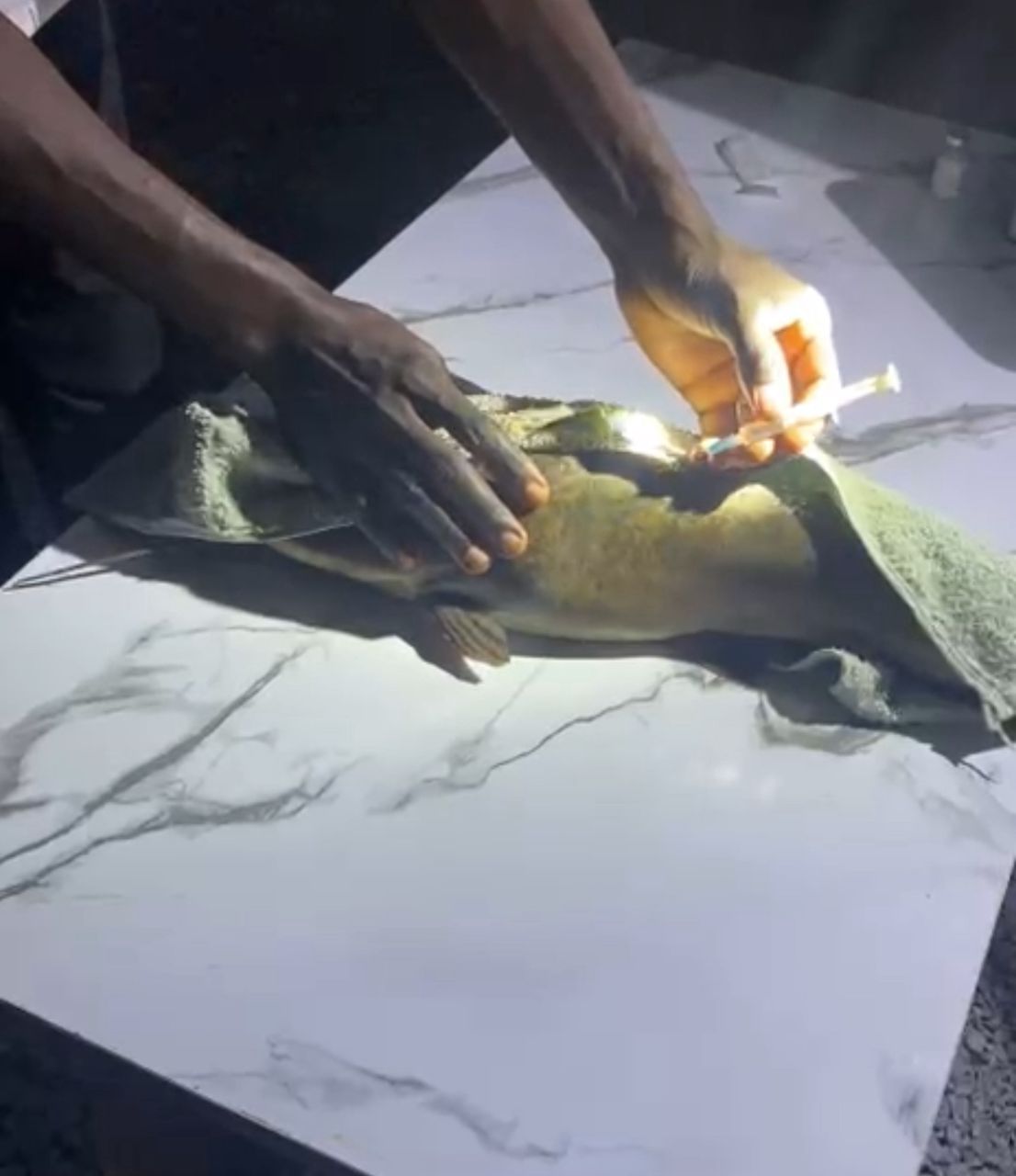
1. Selection of Broodstock
Healthy broodstock selection is the foundation of successful breeding.
- Age: 1.5 – 2 years.
- Weight: Female (1.2 – 2 kg), Male (0.8 – 1.5 kg).
- Health: Active, disease-free, with swollen abdomen in females.
Keep Broodstock in clean, well-aerated tanks and fed with high-protein feed (35–45%).
2. Hormone Administration
Farmers inject hormones such as Ovaprim, Ovulin, or synthetic analogues into female broodstock to induce ovulation
- Dosage: Based on fish weight (usually 0.5 – 1 ml/kg of body weight).
- Injection Point: Intramuscularly at the dorsal muscle or just below the pectoral fin.
After injection, the fish is kept in a well-aerated holding tank for 8–12 hours to allow egg maturation.
3. Egg Collection (Stripping)
Once the female is ready, gentle pressure is applied on the abdomen to release eggs into a clean, dry bowl.
- The eggs should be non-sticky and golden in color.
- Avoid contamination with water before fertilization.
4. Milt Collection from Male Broodstock
Sacrifice the male broodstock to extract the testes. Macerate the testes to release milt. Mix the milt with saline solution, and keep it cool until fertilization.
5. Fertilization Process
Mix the stripped eggs with milt and gently stir using a feather or soft brush to fertilize the eggs. After mixing, add a small quantity of clean water to activate sperm movement. Transfer the fertilized eggs to hatching trays or kakabans for incubation.
6. Incubation of Fertilized Eggs
The eggs are spread evenly on nets or kakabans inside well-aerated hatching tanks.
- Water Temperature: 26–28°C (ideal for catfish hatching).
- Aeration: Constant supply of oxygen.
- Fungus Prevention: Application of methylene blue or antifungal agents may be necessary.
Eggs typically hatch within 18–24 hours.
Challenges in Induced Breeding
- Incorrect hormone dosage leading to poor ovulation.
- Poor broodstock quality reducing fertilization rates.
- Fungal infections in eggs.
- Inadequate water quality during incubation.
Best Practices for Successful Induced Breeding
- Always use healthy and well-fed broodstock.
- Maintain strict hygiene during stripping and fertilization.
- Use accurate hormone dosages.
- Monitor water quality parameters (temperature, dissolved oxygen, pH).
- Practice record-keeping for dosage, broodstock details, and hatchery performance.
Conclusion
Induced breeding is a cornerstone of modern catfish hatchery management. By mastering this process, farmers can ensure consistent fingerling production, reduce dependency on seasonal breeding, and maximize profits. With proper broodstock selection, hormone administration, careful egg handling, and incubation, induced breeding becomes a reliable method for large-scale catfish farming.
For new or experienced farmers, investing time in learning and perfecting induced breeding techniques is one of the best ways to grow a sustainable and profitable catfish farming business.

